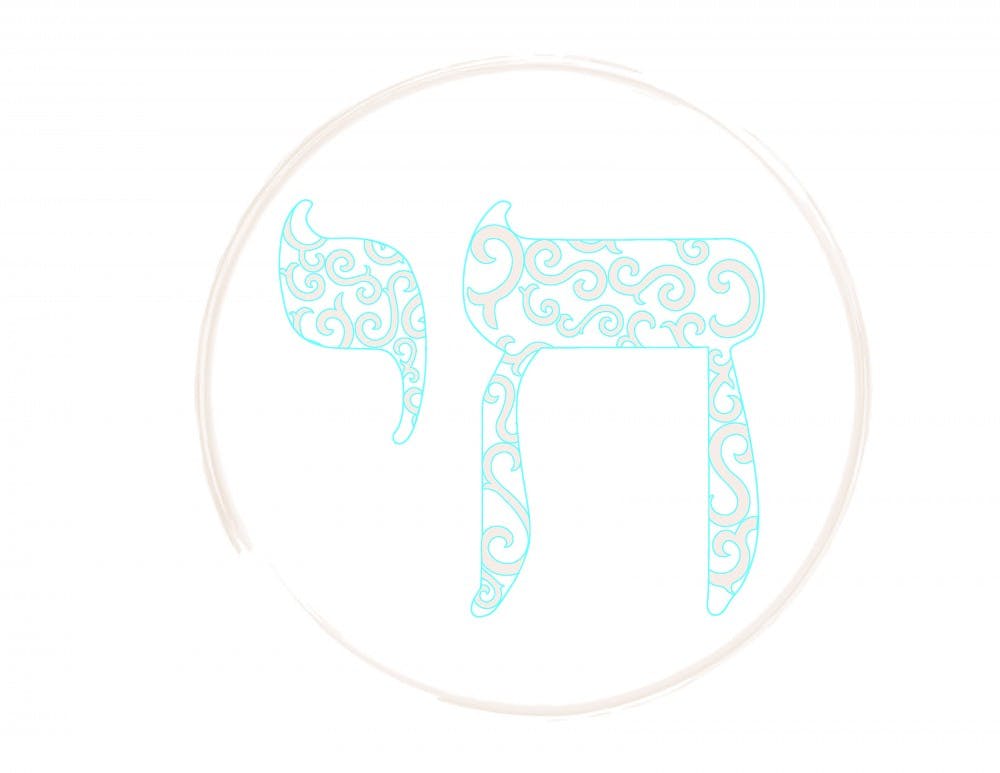That Saturday morning in late October, I remember waking up to CNN alerts on my phone—I was immediately filled with the sense of dread that comes with mass shooting. The same thoughts crossed my mind that always do, as America’s processing of these killings becomes ritualistic: where was it? How many died? Were there any children? Who did it? Why?
This time, it was in a Jewish neighborhood in Pittsburgh at the Tree of Life Synagogue. This time, it was during a quiet, Saturday morning service, like so many I’ve been to before. This time, as with the shootings in Charleston and Louisville and countless others, the shooter was a white supremacist, brimming with conspiratorial vitriol. This time, it was a man who declared that “All Jews Must Die” before murdering 11 individuals.
My relationship with Judaism has always been complicated. I can’t escape it, I can’t deny it. But that doesn’t mean I haven’t tried.
I grew up in an overwhelmingly white, overwhelmingly conservative, overwhelmingly Protestant town in suburban Arizona. I didn’t know a lot of Jews outside my immediate family. Amongst my peers, I was the Jew. They were the norm, and I was outside that norm in everything: culturally, politically, and spiritually. And like most kids, I wanted nothing more than to be as normal as possible.
I resented everything that made me visibly different. I resented the bump on my nose, I resented my olive skin. I resented the way my dark curls tumbled outwards and upwards from my head. I resented my name: my first name, Ariel, for being aggressively Hebrew, and my second name, Goldfine, for its obvious connections to my great–grandparents’ generation of Eastern European refugees. I resented all these things, as they fit in with a stereotype from which I craved distance.
I religiously straightened my hair, fanatically removed my excess body hair, fantasized about a nose job. I reassured friends I was hardly Jewish at all, that I didn’t even believe in God. I refused to join Jewish social organizations. I adopted a nickname that my Christian peers would find easier to pronounce. I removed, suppressed, or modified all things that were just so Jewish.
I so badly wanted to assimilate, consciously or not. I bought into the idea, normalized in our culture but rooted in a 20th–century racial pseudoscience, that my Judaism was not a culture or a religion but a race, and that the physical manifestation of that race was unattractive.
Things got worse, not better, when I came to Penn. Religious groups on campus hounded me the second I stepped foot on Locust Walk. I treated them with contempt.
I just wasn’t like them, those Jews who grew up in places like New York or Philly or New Jersey. They never knew anti–Semitism. They did not grow up as the Other, yet they claimed as much. Wrongfully, I turned my nose up at them. Why must they self–select so much? Couldn’t they have non–Jewish friends? Why must they pursue jobs in finance and in banking…why must they play into every stereotype they have of us?
My relationship with Israel further complicated my relationship with Judaism. As a quiet, uncomfortable critic of Israel, I felt further distanced from Penn’s Jewish community. To me, their pride in being Jewish was tied to their unadulterated, uncomplicated pride in Israel, and in turn was tied to white supremacy. Not all Jews are white, and not all Jews support Israel, and not all Jewish supporters of Israel are uncomplicated in their support. But it didn’t feel like that to me.
I reacted with further assimilation. I joined no Jewish organizations, refused to join a Jewish sorority or senior society, and further asserted my “normality.”
The shooting in the Pittsburgh synagogue changed things for me. Like many Jews and other members of the community that day, I mourned. I contacted the couple of Penn Jews I knew from Squirrel Hill. They were safe and scared, as were their families. I obsessively scrolled for news updates, as some form of ill–fated attempt at understanding. As much as I didn’t want to, I kept turning back to the face of the perpetrator.
I recognized the hate in that terrorist’s eyes for my people—I knew that hate and resentment, because I felt echoes of it within myself. His diabolical, murderous hatred of me, and my embodied, subtle hatred of myself were all too connected.
Now, when I gaze at my face, when I see the features that so many elementary school bullies laughingly told me were too Jewish, I see my family, I see my ancestors. It’s hard to hate your family’s face. I now choose not to.
When I see my Jewish classmates return every Friday night to Hillel for services, I try not roll my eyes in contempt anymore. Instead, I try to see a group of young people creating a community without shame. I envy them. I still feel separate from that community, and am still uncomfortable in my own identity. But it’s a process.
When I take issue with the more extreme right wing of American Jewry, which insists upon an orthodox pro–Israel stance to the point of hate and bigotry, I will refocus. I will look towards the Jews who know any love of a homeland must never overrule the protection of human rights and dignity. I will look towards the rabbis who marched in the Civil Rights Movement. I will look towards the religion which told me year after year, that I must love the Other, for you too were once a stranger in the land of Egypt.
I went to my first reform service at Hillel on the Friday following the Squirrel Hill shooting. It was my first time in the building, and it was brief. But to hear the words of the Mourner’s Kaddish, followed by the names of the eleven victims of the Pittsburgh shooting and the two victims of the Kentucky shooting—it was illuminating.

